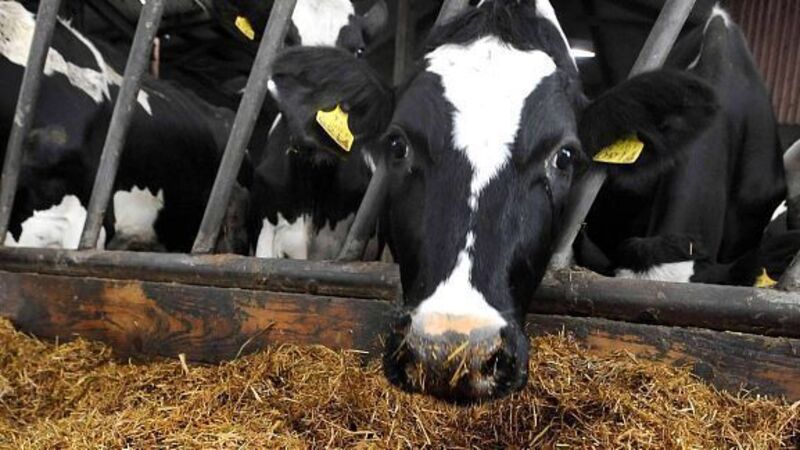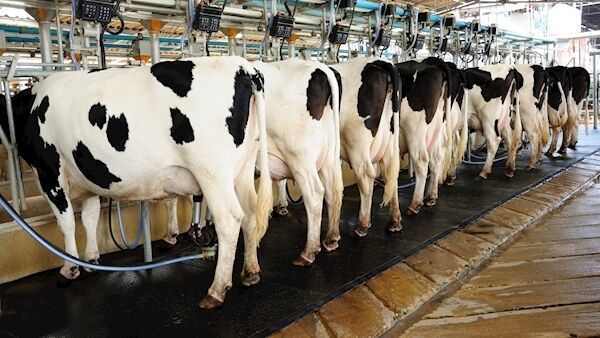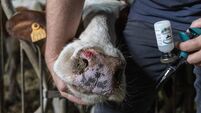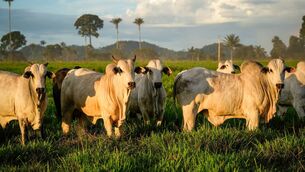Cows full of grass may not get enough magnesium from nuts

It was a quarter past ten, and the night was after getting cold.
In one way, it wasn’t surprising that I had received a call from Jimmy, thinking that he had a cow suffering from grass tetany.
It was typical of the weather and the time of the year.
That morning, he had had another case.
This one was still on her feet, but just about.
There was a bit of staggering, kind of like a fellow outside the pub after having a few too many.
As is always the case, I carried out a thorough examination to rule out any other possibilities, rather than jumping to an obvious conclusion.
Having come to a diagnosis, we set about giving her the treatment — an intravenous sedative followed by enough magnesium to knock the edge off it, and then the final amount as a reservoir.
As we released her, she started kicking.
We stood back and let her into the next pen with her fellow sufferer, whom she tried to kick as well.
Following a night’s sleep, I was on the road again to Jimmy’s early in the morning to yet another cow down.
This one hadn’t made it into the yard, and was on her side in the paddock where she had spent the night.
She was showing signs of having thrashed about a bit.
She was lying close to the boundary electric fence, and we had to manoeuvre her before trying to treat her.
Jimmy was clearly having a problem with grass tetany.
He couldn’t understand why, as the cows were receiving concentrates in the parlour, with magnesite to protect them from getting this grass tetany.
This spring, grass growth has been good in most places.
Some cows, having filled their bellies with loads of grass, don’t feel the urge to eat a lot of nuts when they come in to be milked.
Young, fast-growing pasture is low on the magnesium mineral, and the cow needs the extra that she gets from the concentrates, to help keep her blood levels up to the required mark.
So how does one get over this problem?
There are a number of methods employed to supplement the magnesium shortage in the dairy cow.
One obvious way is to give them all two magnesium bullets orally.
These sit in the rumen and, as they are dissolved, they slowly release enough magnesium to keep the cow right for an eight-week period.
A nice bit of labour involved, to dose one of today’s herds of dairy cows.

I know of places where the farmer heads out each day with a spinner behind the quad, to dust the paddock that the cows are going into.
As the cows eat the grass, they pick up the magnesium too.
Some people do not like the hassle of this.
It is one of the more assured ways that all the cows will be covered.
Incorporating magnesium into mineral licks and molasses might not be every cow’s cup of tea and, just like the concentrates, some will be missed out.
The most common way is probably to supply it through the water.
Applicators must be applied to every water trough on the farm, so that, as the cows rotate through each of the paddocks, the water they will get will be medicated.
This method is not as simple as it may seem.
On a warm, dry day, cows will require and will drink a lot more water from the water trough than they will when the pasture is wet after a night’s rain.
This means you must regulate the flow from the applicator, depending on the weather.
There is something there for everyone and if you need advice, always consult your vet.










